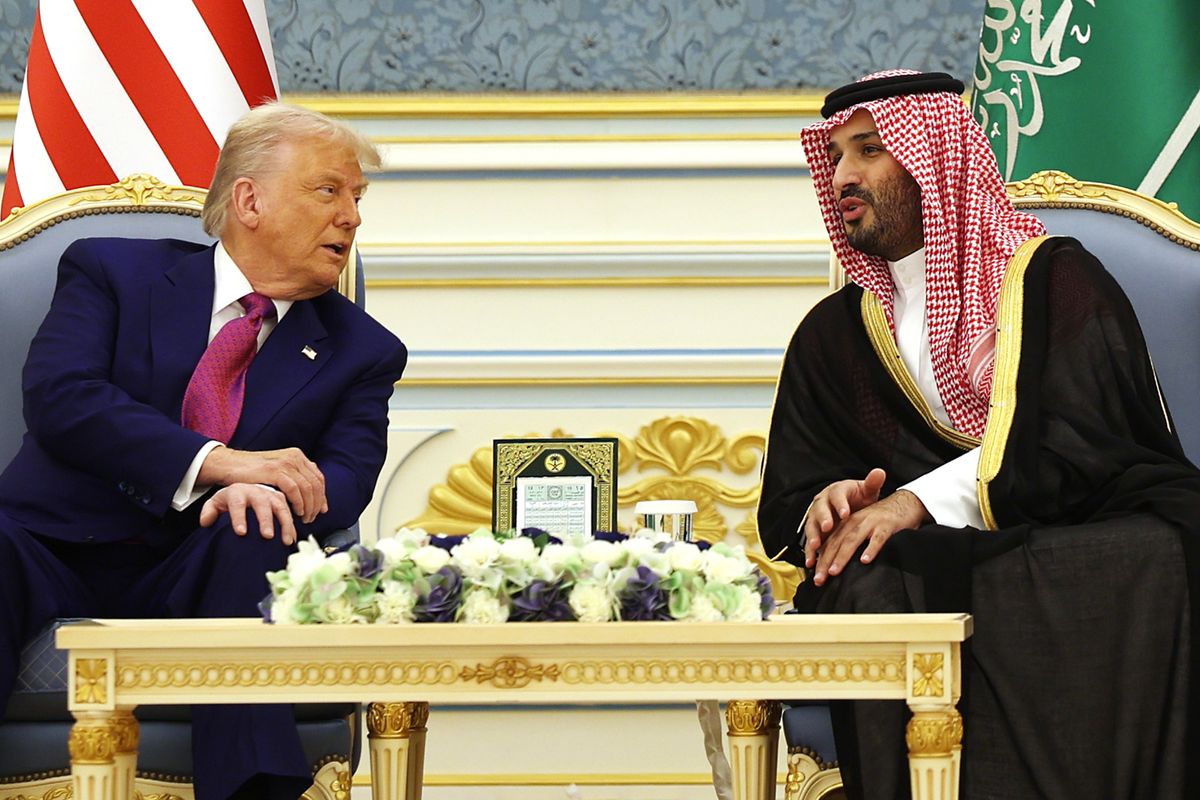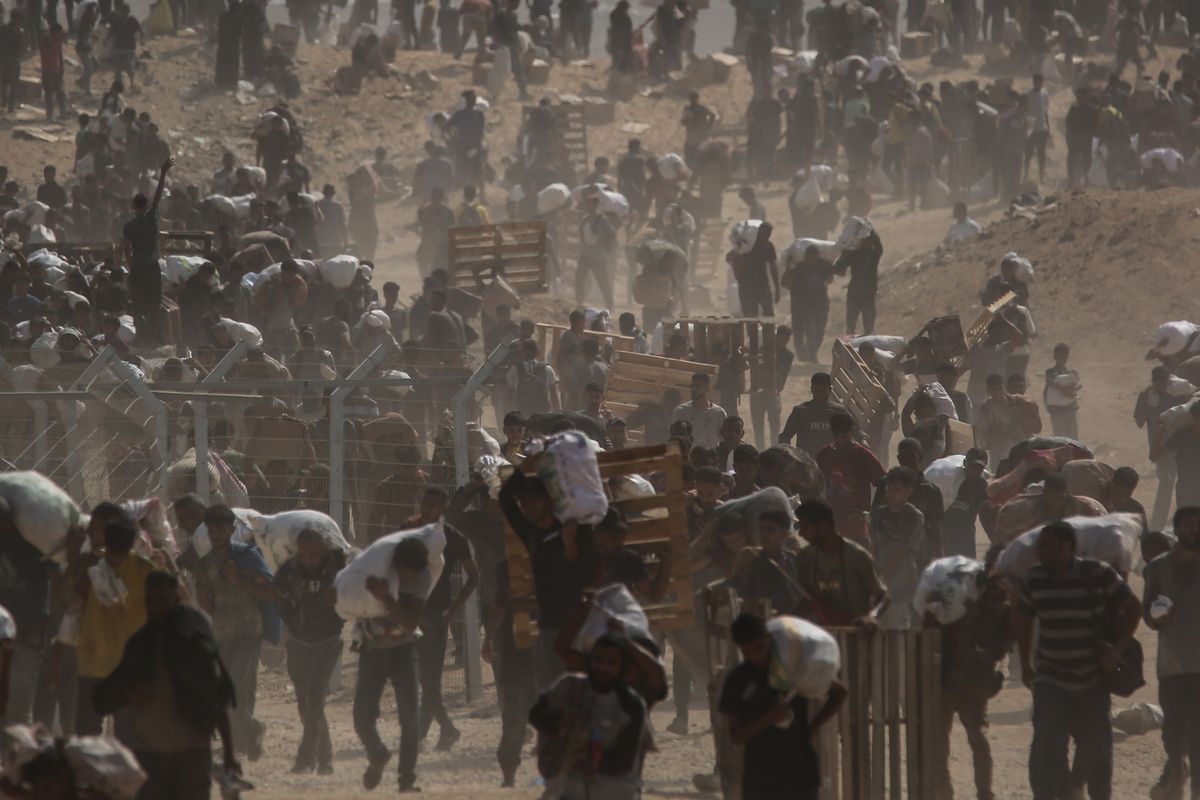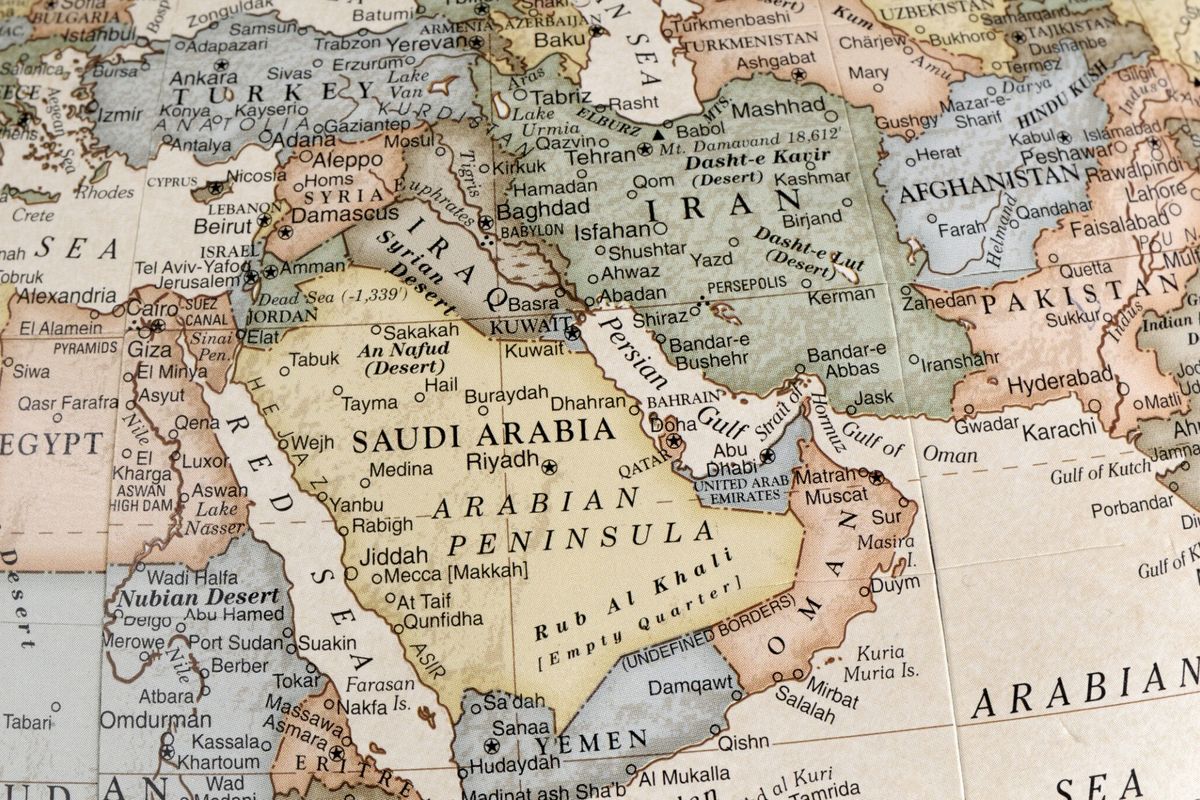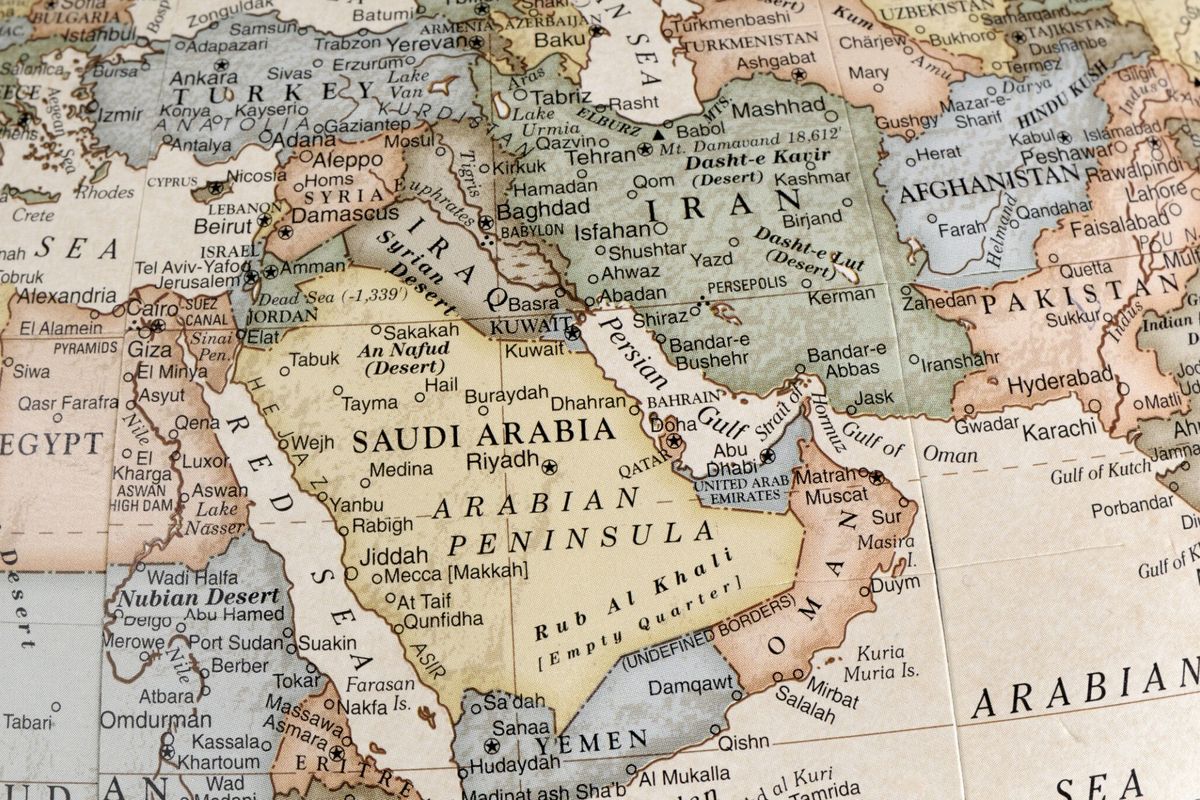Arguably any nation’s foreign policy begins with an understanding of its security concerns. To understand Saudi Arabia’s current foreign policy, often confusing to many given its current venture into Yemen, one must first assess security considerations as the Saudis see them. Their view is different than it is in the West.
When we in the United States, for example, think of the word “security,” we do so in the context of external threats. Only recently has the notion of homeland security come into vogue, and even then, it is primarily concerned with external threats penetrating into the United States. When we think of security, we always think “outside-in.” Moreover, while “deterrence” has always been the operative word in describing nuclear security, “defense” is a more apt description for how we deal with conventional threats. We do not so much focus on deterring conventional threats; we defend against them, either through defensive systems at home or proactive and often kinetic operations abroad. Neither of these concepts applies to Saudi Arabia.
Security in Saudi Arabia is a concept that applies to the stability of the al Saud regime much more than it applies to outside threats. Security for the Saudis is therefore an “inside-out” thought process. The entity with primary responsibility for this security is the Ministry of Interior let by Crown Prince Mohammed bin Nayef. In military terms, his AOR (Area of Responsibility) extends to the borders of the Kingdom. The Ministry of Defense, on the other hand, has responsibilities outside the borders. In contrast to the United States, Saudi Arabia has always thought in terms of conventional deterrence, not conventional defense. The very large defense budgets the Saudis have built up over the years are designed to deter hostile action by its neighbors. Indeed history validates this concept. Until very recently, the only out of country operation by Saudi Land Forces was the Saudi-Yemen War in 1934. The Ministry of Defense even today has little capability or doctrine for out of country operations.
I once asked the former Foreign Minister Saud al Faisal about the 1934 Yemen conflict. Specifically, I posed the following question: “I know your father (future King Faisal) led the coastal campaign for that operation. Did he ever talk about any lessons learned from that conflict?” Prince Saud thought for a second and replied: “Yes, he said ‘don’t ever go back.’” Arguably that succinct statement has defined Saudi foreign policy since the creation of the Kingdom. Saudi Arabia will stay on its side of the border, and it expects its neighbors to stay on their side. For the most part, this foreign policy position remained intact until the cross-border incident by the Houthis in December 2009. Since that time, Saudi Arabia has seen the Houthis as both a threat to internal security because of their ties to Iran and also a border security threat.
The top three foreign policy concerns of Saudi Arabia are Iran, Iran, and Iran. They see themselves surrounded by Tehran’s strategy of destabilization in the region. To outsiders, the threat often appears exaggerated, but to the Saudis the threat is very real. So, in assessing Saudi actions in the most recent Yemen Campaign, their initial tactical objectives were very limited: the focus was on the attrition of weapons caches the Houthis had built up from Iran since late 2009. In this limited objective, the Saudis were very successful. A broader objective was to prevent the Houthis from becoming a Hezbollah-like entity on their southern flank, a concern that many outsiders consider a bit of a stretch but nonetheless very real to the Saudis, because they are convinced of Iran’s intent to encircle them with instability. The reality of the conflict is that the Saudis have probably learned, as we have often relearned, it is easier to start a conflict than it is to end it.
As you consider the future of Saudi foreign policy, always look through the prism of Iran which will continue to be their number one priority, both as an external threat and as a force aimed at destabilizing the Saudi government. To this end, there is little disagreement between Saudi Arabia and the United States over our common objectives in the region, but there will always be a difference of opinion about the priorities of those objectives.












